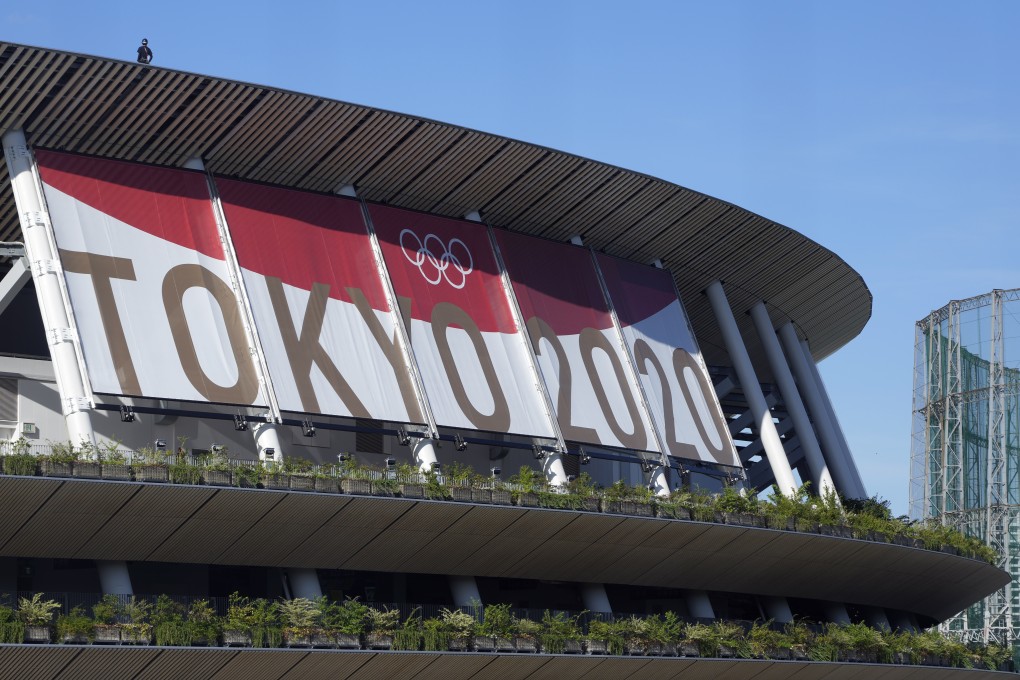Advertisement
Tokyo Olympics: ‘revolutionary’ technology promises to be a game-changer for fans at home, broadcasters say
- From 3D, 360-degree video replays to 5G networks that will ensure smoother coverage, the tech is set to make viewers feel like they’re part of the action
- With spectators from home and abroad barred from being physically present, the delivery of these Games has become even more important
Reading Time:4 minutes
Why you can trust SCMP

Our Tokyo Trail series looks at key issues and athletes in the run-up to the 2020 Olympics, which are scheduled for late July. This is the second of three stories on the use of technology and innovation at the Games.
Advertisement
Long before the world had ever heard the term “Covid-19”, plans were afoot to make the Tokyo Olympics one of the most visually immersive sporting events in history. The pandemic means it is now impossible for spectators from home or abroad to physically be alongside track, pitch or pool, making the delivery of these games to viewers around the world even more important than before.
Companies from Japan and beyond have risen to that challenge, and this year’s Games are likely to be remembered as a feast for the senses – no matter that so few people could actually be present.
Yiannis Exarchos, the chief executive of Olympic Broadcasting Services (OBS), the International Olympic Committee’s broadcasting arm, said in an interview published in the Olympic media guide that pandemic-related restrictions meant his organisation “needed to think outside the box, and consider new and innovative solutions”.
The aim, he said, was to make people around the world believe they were almost within touching distance of the action playing out before their eyes.
Advertisement

Advertisement